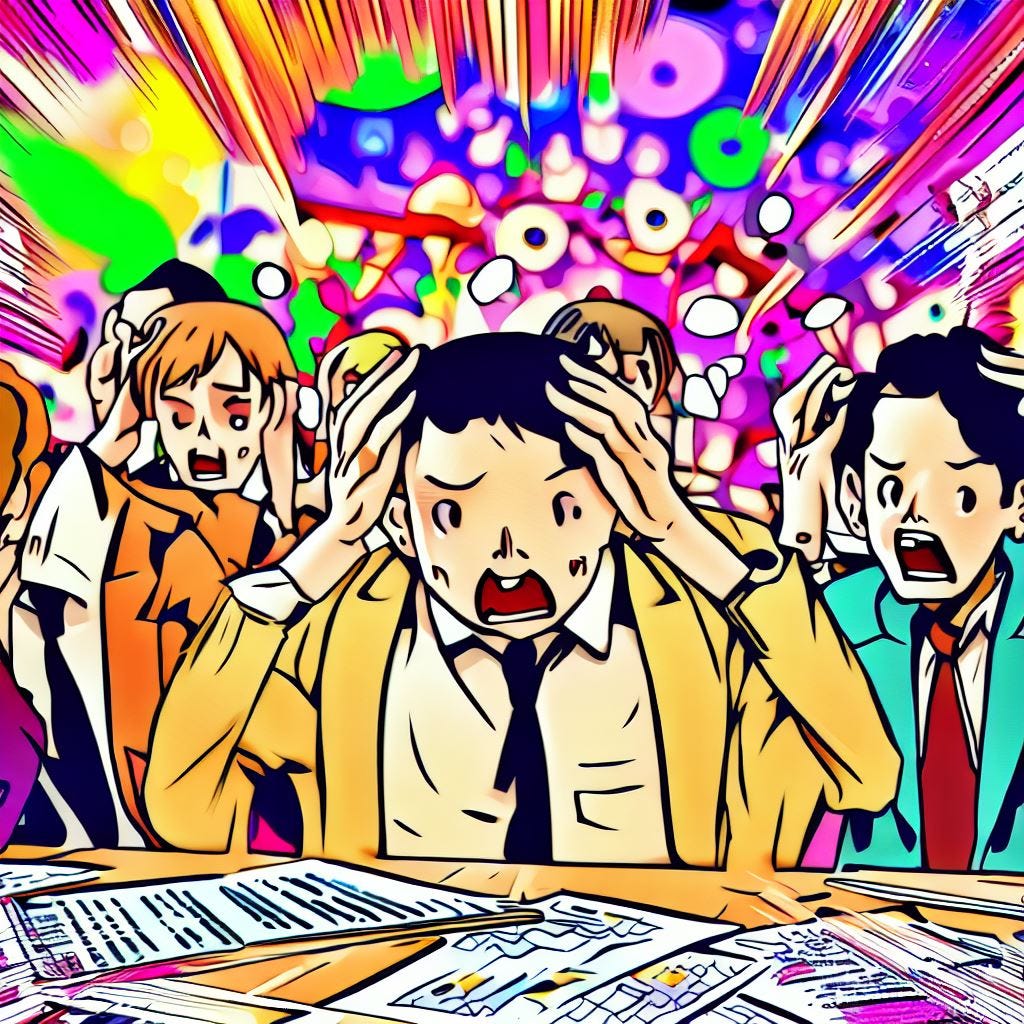It's the System, Not the Individual: Effective Approaches to Workplace Wellbeing
Don't be fooled by well-being apps
As written previously the resilience advantage, resilience is not solely within an individual but is context specific and emerges from the interaction between the individual, task and environment. Resilience is dynamic, there are somethings I can carry more resilience into and some environments where I am also more resilient. Resilience is not a personal characteristic like height. According to the CIPD Health and Wellbeing at Work 2022 report, half of organisations have a formal wellbeing strategy.
Most of these formal wellbeing are made up of interventions that seek to change the individual through training staff in resilience, helping educate them on mindsets and other methods that look to build resilience in the individual. But what is the evidence for these?
Not……a…….lot……
A recent study by William Fleming (2023) has looked at the efficacy of these. Testing 3 hypothesis
Individual-level mental wellbeing interventions improve subjective well-being outcomes
Interventions improve subjective accounts of the work environment
Effects of the interventions vary between social demographics and organisations
The top line is they find "results are counter to all three hypothesis".
This study looked workplace nested intervention at mental health and not at mental illness. So Employee Assistant Preprogrammes and counselling were not looked at. The practices that were looked at were mindfulness apps, resilience training and time management training.
These were all assessed through the job demands-resources model (JD-R). This model looks at assessing the working environment through the job demands and job resources. Job demands refer to the "physical, psychological, social or organisational aspects of the job that require sustained physical and or psychological effort and are therefore associated with certain physiological and or psychological costs .." (Bakker & Demerouti, 2014, pg.9).
Job resources refer to those same physical, psychological, social or organisational aspects, but that are "(a) functional in achieving work goals (b) reduce job demands and the associated physiological and psychological costs; or ©, stimulate personal growth, learning and development” (Bakker & Demerouti, 2014, pg.9) .
On the ones hand this is a simple balancing equation, demands are extractive, resources are additive. So a really detail conscious, high controlling stakeholder might be a job demand, but a colleague supporting with all the communications and question requests from that stakeholder is a job resource.
On the other hand these two things interact, becoming job demands x resources. For example a new, novel and challenging job demand, if aided by valuable job resources, can create a highly motivating and feedback rich learning experience.
So the JD-R model is a great one to assess the impact of wellbeing interventions, which would be considered psychological in reducing job demands.
As mentioned above, the take away for practitioners is that there was no evidence that resilience training, mindfulness, well-being apps or coaching had any meaningful positive effect. The only one that did, is volunteering. Although the causal relationship might be the other way round- that those with higher levels of well-being opted for volunteering, as opposed to volunteering generating higher levels of well-being.
The main area for practitioners to focus on is not increasing individual resilience, but addressing the systemic job demands-resources imbalance people find themselves within.
This is much harder, then fancy new apps or new age cognitive psychometric tools. The people industry is full of these all promising to increase well-being, reduce intent to quit and improve motivation. But sadly, the real effect is in organisation design, job crafting and balancing job demands with job resources.






Thanks for the post. Can you cite an effective real-life case based on these effective suggestions?